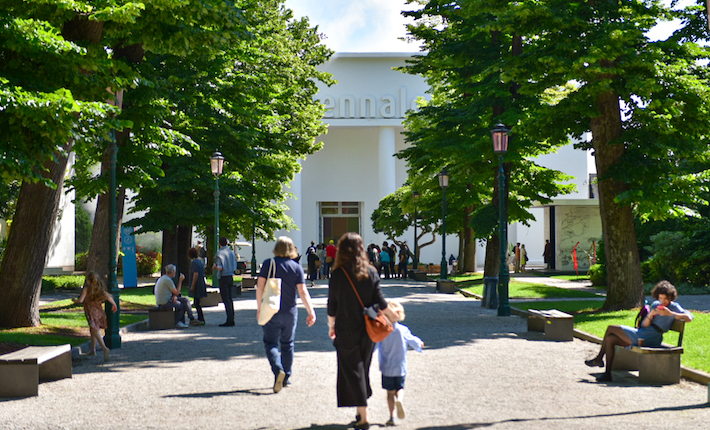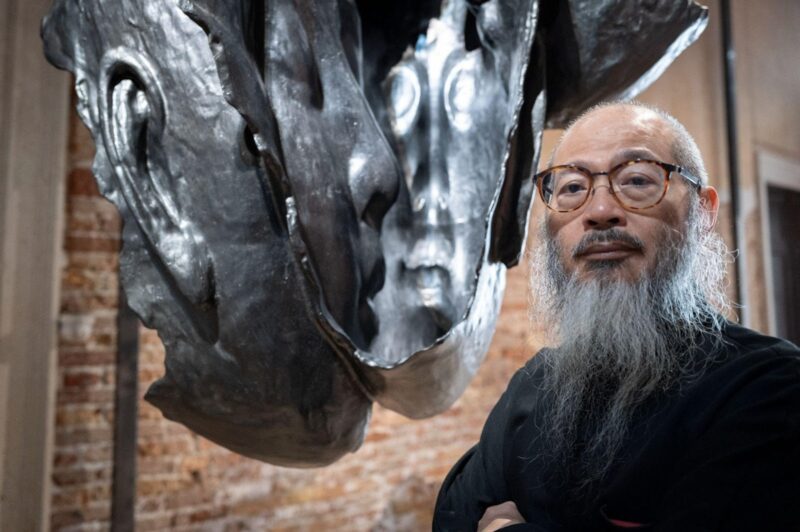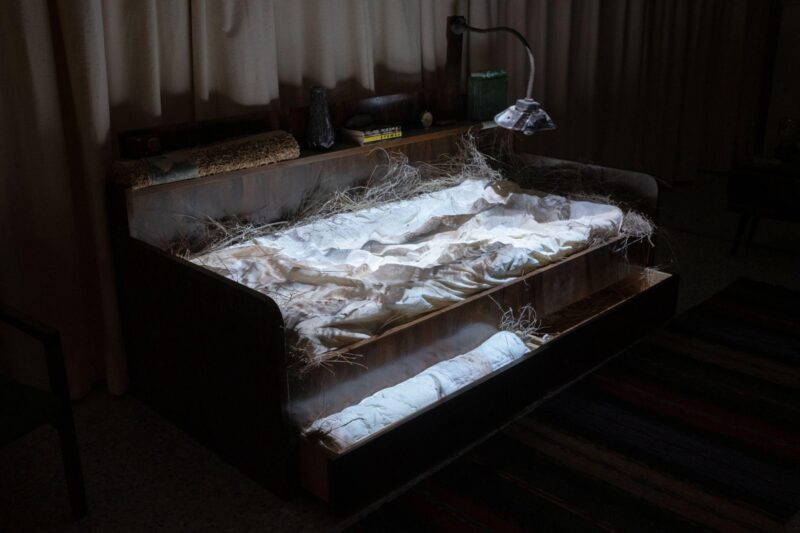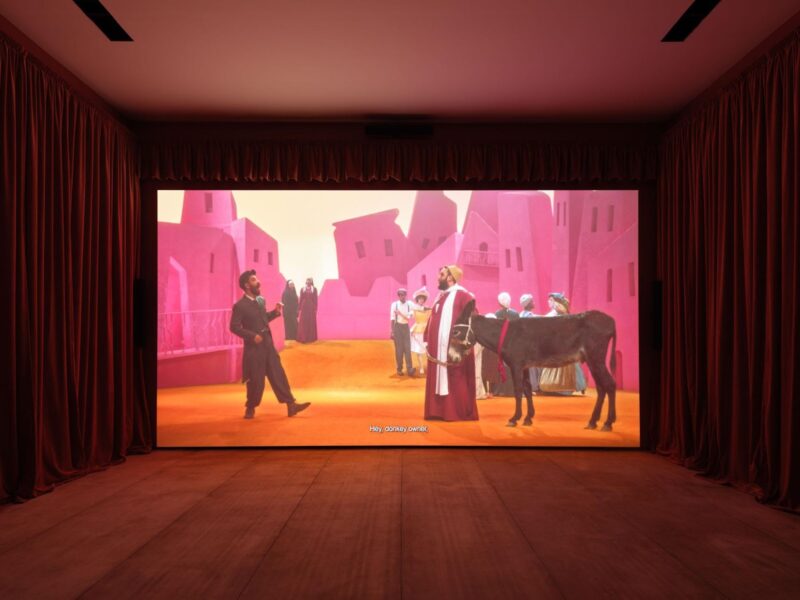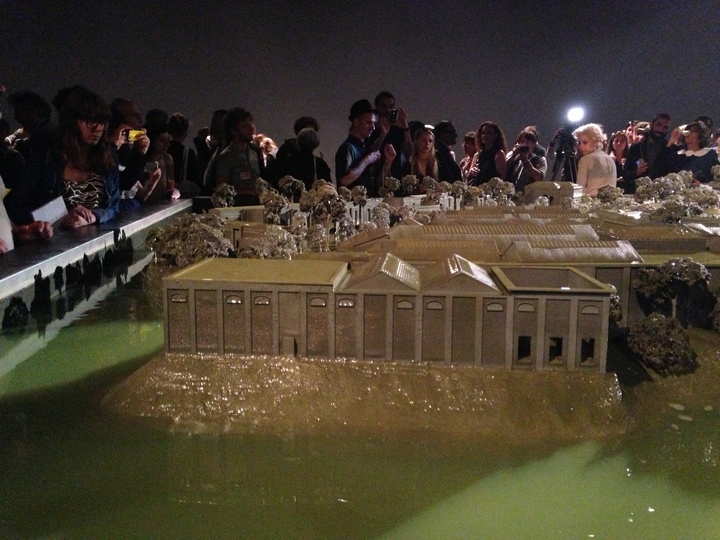
The temperature is rising, everyone is enjoying the sun, but there is a slight niggling thought at the back of people’s minds that maybe this is to do with global warming. And the guilt sets in, despite the fact that we’re delighted to finally see that burning yellow orb back in the sky for the summer.
A number of artists at the 55th Venice Biennale also had this in mind when they developed work for their respective pavilions. This year, Tuvalu was exhibiting for the first time. Located in the Pacific Ocean, the Polynesian island nation explored the issues of climate change through three installations by artist Vincent J.F. Huang. A six-metre high oil pump had Wall Street’s Bull hanging from a noose on one end, with a sea turtle awaiting decapitation at the other. American symbolism was again featured in the next piece, with the Statue of Liberty kneeling before dead penguins while the “Modern Atlantis Project” showcased an aquarium containing coral and other sea life among miniature Italian renaissance figures, such as Michelangelo’s David, Botticelli’s Venus, Canova’s Three Graces and Leonardo’s Pieta.
The Maldives, another island nation at risk of disappearing into the sea, also looked at the trend in global rising temperatures and the impact of the Arctic melt. During the preview, artist Stefano Cagol installed a large block of ice from the Alps on the quay which leads to the Giardini and filmed it as it slowly melted and then vanished. However, given how poor the weather was during this year’s preview compared with 2011, it probably took longer to melt than had been initially projected. Inside the pavilion itself, which was located a few streets away, was a group show from a number of artists addressing the concept of “contemporary environmental romanticism”. Highlights included Ursula Bieman’s video piece looking at the melting ice in the Himalayas and Sama Alshaimi’s video installation depicting the artist’s journey through deserts in the Middle East and Africa and the importance of water sources within this harsh landscapes.
Alfredo Jaar‘s main installation at the Chilean pavilion aimed to serve as a commentary on the historical set-up of the Giardini, which is the main home to the Biennale and houses 28 countries’ pavilions. Some of these countries are now defunct – such as Czechoslovakia and Yugoslavia – and the countries that are not within the original group of 28 are unfairly forced to rent spaces around Venice to host their pavilions should they wish to participate in the event. Jaar created a five-metre squared pool, featuring a replica of the Giardini, which sinks into a pool of green water every three minutes, the same shade as the water in Venice’s canals, inviting the viewer to see the Giardini as a ridiculous ghost from history. However, as Venice is currently in the midst of a corruption scandal over its current floodgate construction and St Mark’s Square was subject to “acqua alta” – high water flooding – during the preview of this year’s Biennale, it is hard to view the piece without also seeing a terrible future where Venice itself could end up under water.
Hopefully between these three pavilions, visitors will be forced to reconsider the impact of climate change and rising sea levels, even if it makes for hotter summers around the globe.
Words: Holly Howe
Chile images: Kevie Yang
